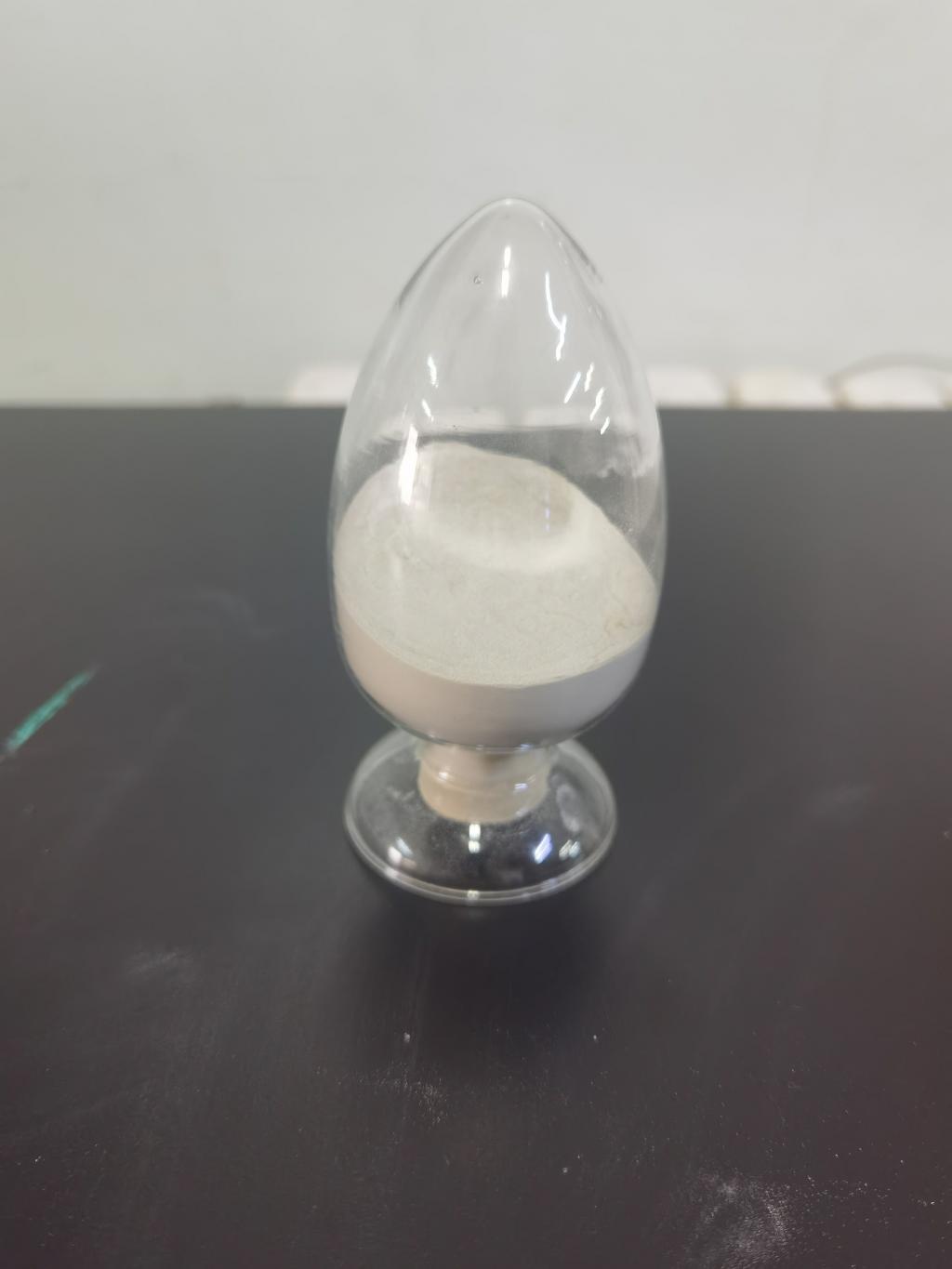Tel:+8618231198596

News
 CONTACT
CONTACT
 CONTACT
CONTACT
- Linkman:Linda Yao
- Tel: +8618231198596
- Email:linda.yao@dcpharma.cn
- Linkman:CHARLES.WANG
- Department:Overseas
- Tel: 0086 0311-85537378 0086 0311-85539701
News
Current Position:
Home >
News
>Nisin's Future: Anticipating Advances and New Frontiers in Food Preservation
Nisin's Future: Anticipating Advances and New Frontiers in Food Preservation
TIME:2024-01-23
I. Technological Innovations in Nisin Production:
The future of nisin-based food preservation begins with advancements in production technologies. Traditional methods of nisin extraction from lactic acid bacteria have limitations in terms of scalability and cost-effectiveness. Researchers are exploring innovative techniques such as microbial fermentation, genetic engineering, and synthetic biology to enhance nisin production. These advancements are expected to result in more efficient and sustainable processes, ensuring a stable and economical supply of nisin for the food industry.
II. Tailoring Nisin for Specific Applications:
As our understanding of nisin's structure and function deepens, researchers are exploring ways to tailor its properties for specific food preservation applications. This includes modifying the peptide's structure through genetic engineering to enhance its stability, solubility, and efficacy under varying conditions. Customizing nisin for specific foods or challenging environments could open new avenues for its use in preserving a broader range of food products.
III. Nisin as a Tool Against Foodborne Viruses:
While nisin is well-known for its activity against bacteria, researchers are investigating its potential in combating foodborne viruses. Viral contamination in food, such as norovirus and hepatitis A, poses significant risks to public health. Preliminary studies suggest that nisin may have antiviral properties, opening up a new frontier in its application for ensuring the virological safety of food products.
IV. Combination Approaches for Enhanced Preservation:
The future of nisin-based food preservation may involve synergistic approaches, combining nisin with other natural antimicrobial agents or innovative technologies. This could lead to enhanced preservation efficacy, reduced concentrations of antimicrobials, and minimized impact on sensory attributes. Combinatorial strategies may provide a holistic solution to address the complexity of microbial challenges in diverse food matrices.
V. Encapsulation Techniques for Controlled Release:
Encapsulation technologies offer a promising avenue for controlling the release of nisin in food products. Microencapsulation and nanotechnology can protect nisin from degradation, improve its solubility, and enable controlled release over time. This innovation could extend the effectiveness of nisin, especially in complex food matrices, and broaden its application in preserving a wider range of perishable products.
VI. Nisin in Plant-Based and Alternative Protein Products:
The growing popularity of plant-based and alternative protein products presents new challenges in terms of shelf life and spoilage. Nisin's natural origin and compatibility with plant-based formulations make it an attractive option for preserving these products. Future research may focus on optimizing nisin's application in plant-based and alternative protein foods to meet the demands of evolving dietary preferences.
VII. Regulatory Considerations and Global Acceptance:
As the use of nisin advances, regulatory considerations become increasingly important. Future efforts may focus on establishing standardized regulations for nisin application in various regions, addressing labeling requirements, and ensuring global acceptance. Collaboration between regulatory bodies, researchers, and the food industry will be crucial in navigating these considerations and fostering the responsible use of nisin in food preservation.
VIII. Addressing Emerging Food Safety Challenges:
The future of nisin in food preservation will also involve addressing emerging food safety challenges. As climate change, globalization, and evolving consumer preferences impact the food industry, nisin's versatility and efficacy may be harnessed to mitigate risks associated with novel pathogens, changing storage conditions, and the transportation of perishable goods across vast distances.
IX. Sustainable Practices in Nisin-Based Preservation:
Sustainability is a key driver in the future of food preservation, and nisin aligns well with this trend. Researchers are exploring sustainable sources for nisin production, investigating ways to minimize waste in the extraction process, and assessing the environmental impact of its application in food preservation. The integration of nisin into sustainable food practices is expected to be a focal point in the years to come.
X. Public Perception and Education:
As nisin-based preservation technologies advance, educating the public about the safety and benefits of these innovations will be crucial. Transparent communication about the natural origin of nisin, its role in reducing food waste, and its positive impact on food safety can contribute to public acceptance and trust. Collaborative efforts between the scientific community, industry, and regulatory bodies will play a pivotal role in shaping public perception.
XI. Challenges and Ethical Considerations:
The future of nisin-based food preservation will not be without challenges and ethical considerations. Balancing the benefits of enhanced food safety with potential concerns, such as antimicrobial resistance or unintended ecological impacts, requires careful consideration. Ethical discussions surrounding the use of genetic engineering in nisin production and potential impacts on traditional food cultures will be part of ongoing dialogues.
XII. Conclusion:
In conclusion, the future of nisin in food preservation holds exciting prospects and new frontiers. From technological innovations in production to tailored applications, the versatility of nisin positions it as a cornerstone in addressing the evolving challenges of the food industry. As research progresses and collaborations between scientists, regulators, and the food industry intensify, we can anticipate a future where nisin plays a pivotal role in ensuring the safety, sustainability, and longevity of our global food supply.
- Tel:+8618231198596
- Whatsapp:18231198596
- Chat With Skype







